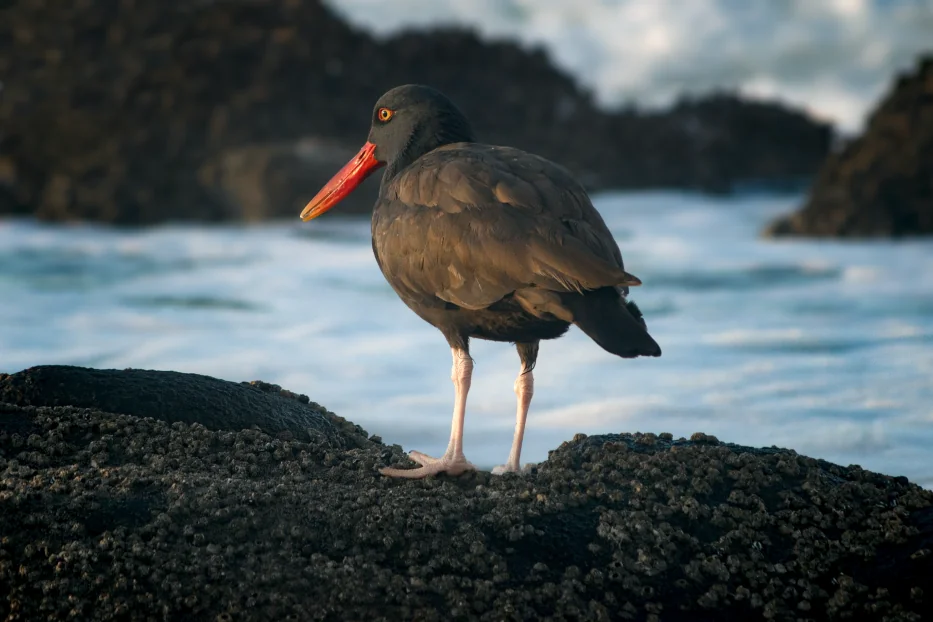Just off the craggy Atlantic coastline near Cape Town, where the sea air is sharp with salt and the wind carries whispers from the Cape of Good Hope, there lies a speck of wildness barely the size of a city block: Duiker Island.
Locals sometimes call it “Seal Island,” though that moniker is shared with a larger, more shark-patrolled rock to the north. Still, Duiker is no less storied. Home to a rambunctious colony of Cape fur seals, hemmed in by kelp forests and buffeted by the South Atlantic’s rhythm, this low-slung island off South Africa’s coast manages to be both invisible to many and unforgettable to those who visit.
Table of Contents
A Cradle of Currents and Cliffs
Geographically, Duiker Island is a mere hiccup in Hout Bay, a natural harbor flanked by the Sentinel mountain to the east and Chapman’s Peak to the west. The island itself rises just four meters or thirteen feet above sea level at its highest point, composed of ancient granite and sandstone laid down hundreds of millions of years ago—part of the same geological tapestry that stitches together Table Mountain and the Twelve Apostles range.
From above, Duiker looks like a sunken battleship, listing slightly as breakers roll over its smooth, time-worn boulders. There’s no vegetation to speak of—no trees, no grasses—only the occasional crust of salt-tolerant algae and guano that clings to the rock. Yet life here is anything but barren.
Wildlife on Duiker Island
The Cape fur seals (Arctocephalus pusillus), for whom the island is sanctuary, are the undisputed stars. Some 5,000 of them loll and bark and slip into the sea with effortless grace. These are not shy creatures; they dive and twirl in underwater ballets visible even from a boat, their thick coats shimmering in dappled light. Unlike their sleeker cousins in the Northern Hemisphere, Cape fur seals are stockier and more lion-like, with whiskered snouts and a certain unkempt nobility.

But the seals aren’t alone. Kelp gulls, cormorants, and the occasional African oystercatcher (Haematopus moquini) dart and wheel above, their cries piercing the wind. Under the water’s surface, forests of giant kelp sway like cathedral curtains. Between their strands glide pyjama sharks, spotted gully sharks, and even the occasional octopus, all part of a chilly, nutrient-rich ecosystem driven by the Benguela Current—one of the world’s most productive upwellings.

History Etched in Stone and Salt
Duiker Island, unlike Robben Island or other parts of Cape Town’s coast, has no prisons or fortresses. Its human history is quieter, etched not in wars or politics but in commerce and curiosity.
In the early 20th century, fishermen and traders from Hout Bay used the island’s proximity to the nutrient-rich waters for bait collection and later, seal hunting—a practice outlawed decades ago. For a time, seal oil was harvested here, transported in wooden barrels to factories on the mainland. Today, the only echoes of that time are the weathered rings in the rock, remnants of long-gone mooring points.
More recently, Duiker Island has become a site for eco-tourism and ethical wildlife observation, drawing visitors not with spectacle but with an invitation: to witness a world both ancient and wildly present.
From Harbour to Horizon: How to Get There
Getting to Duiker Island is surprisingly simple. Small boats leave from the Hout Bay harbor multiple times a day, a journey that takes less than 20 minutes. The harbor, bustling with fishmongers, artists, and weather-worn sailors, offers a distinctly local prelude to the island’s raw beauty.
Several operators offer eco-conscious tours, with glass-bottom boats, marine guides, and even snorkeling options. More adventurous travelers can kayak to the island, guided by outfitters who know the waters intimately. You’ll paddle across kelp beds that slurp and sway with the tide, often escorted by inquisitive seals or the flash of a dolphin.
But be warned—this is not a place to linger. No boats are allowed to dock on Duiker Island itself. The South African government has wisely designated it a nature reserve, and landings are prohibited to protect its wild residents. You float, you witness, and you return.
Culinary Crosscurrents in Hout Bay
Back on land, the sensory experience continues in Hout Bay, a working harbor with a laid-back soul. Here, the air smells of fish smoke and frying oil, and the culinary scene is anchored not by Michelin stars but by maritime roots and cultural collisions.
Try the snoek, a local barracuda-like fish, grilled over open coals and basted in apricot jam—a sweet-salty combination born of Cape Malay influence. The Bay Harbour Market, held in a repurposed fish factory, serves up bobotie pies, artisanal biltong, and moerkoffie brewed black as the ocean floor.
For something more upscale, there are seafood restaurants lining the waterfront offering West Coast mussels, buttery crayfish, and wine lists heavy on crisp Sauvignon Blancs from nearby Constantia.
Why It Lingers
You don’t visit Duiker Island for luxury or bucket-list brags. You come because it offers an unfiltered glimpse into nature’s persistence. The seals have been here for thousands of years, hauled out on the same rocks, facing the same tempests. No hotels, no gift shops.
There’s only the wind, the sea, and that deep, visceral understanding that some places endure not in spite of their wildness, but because of it.
